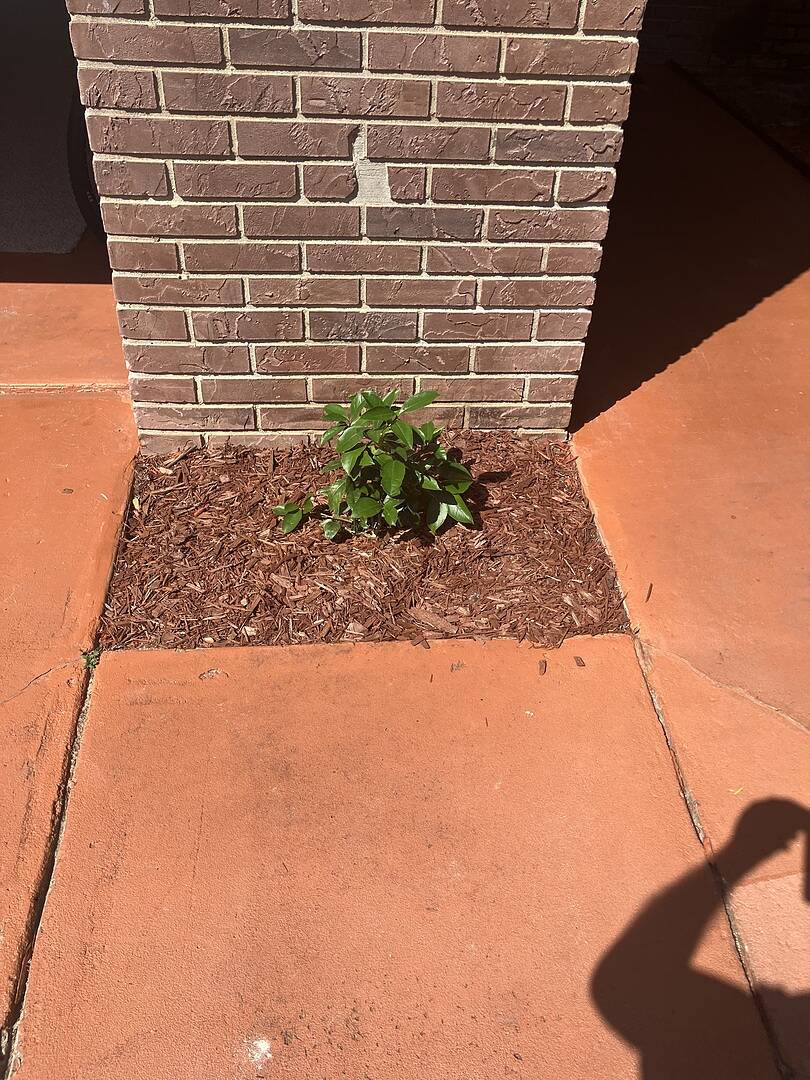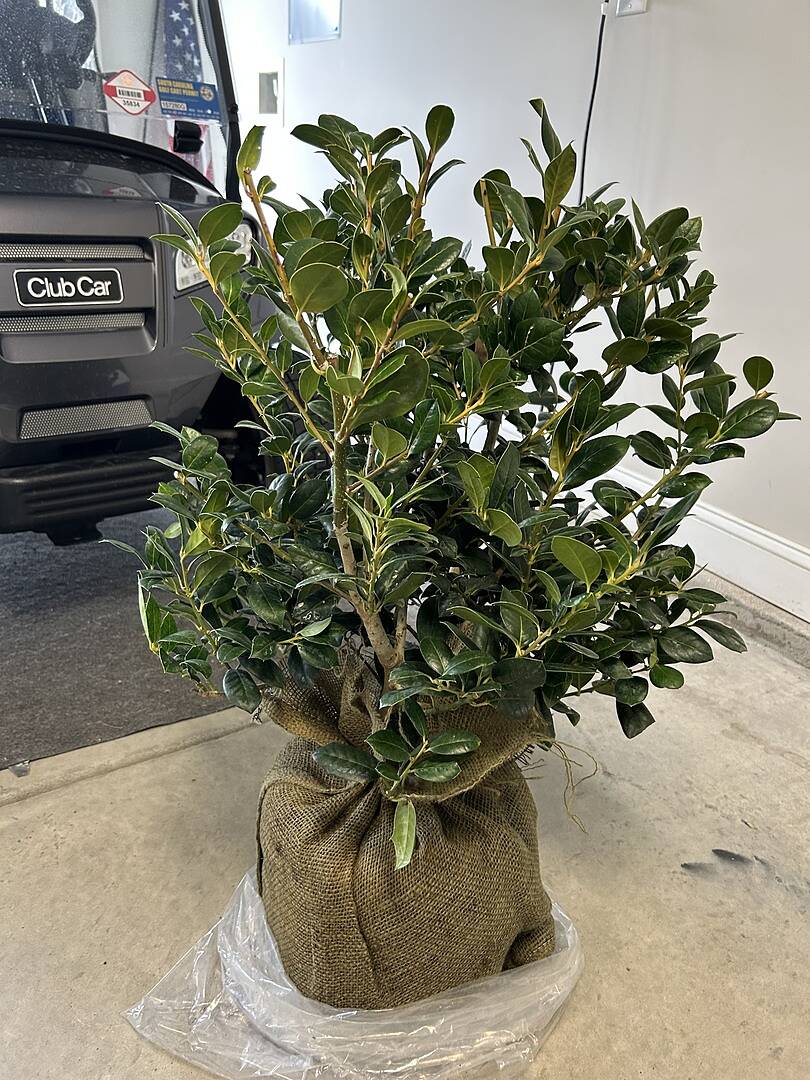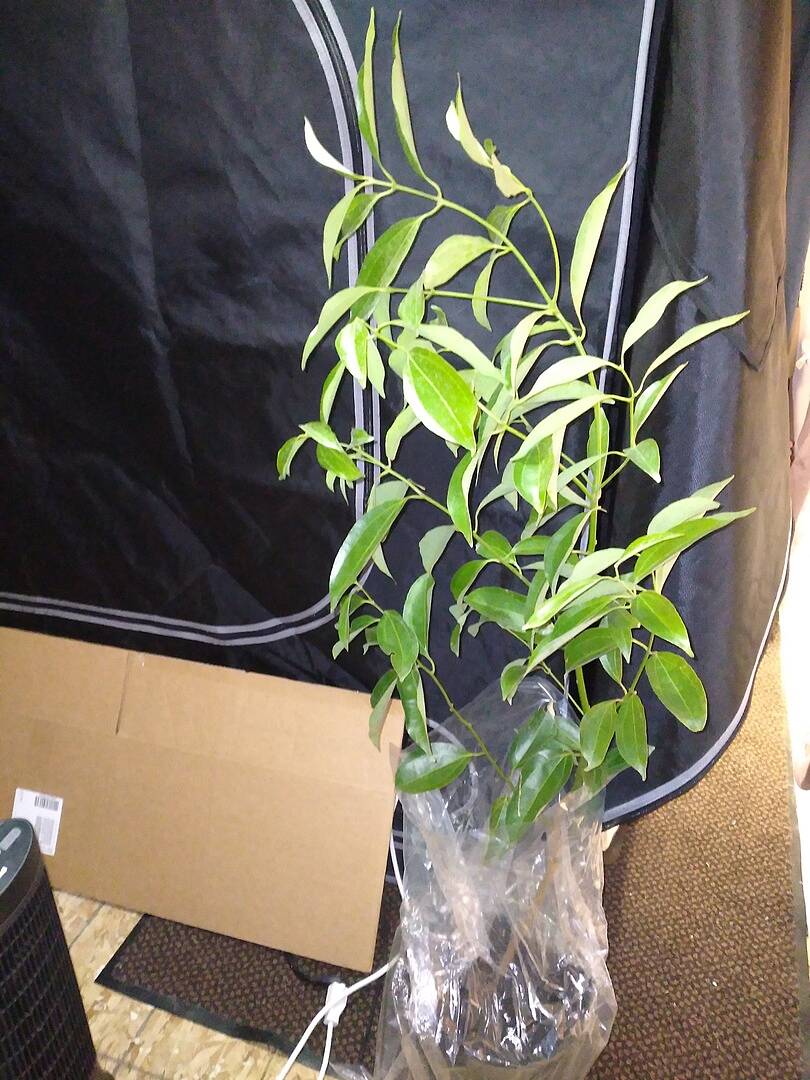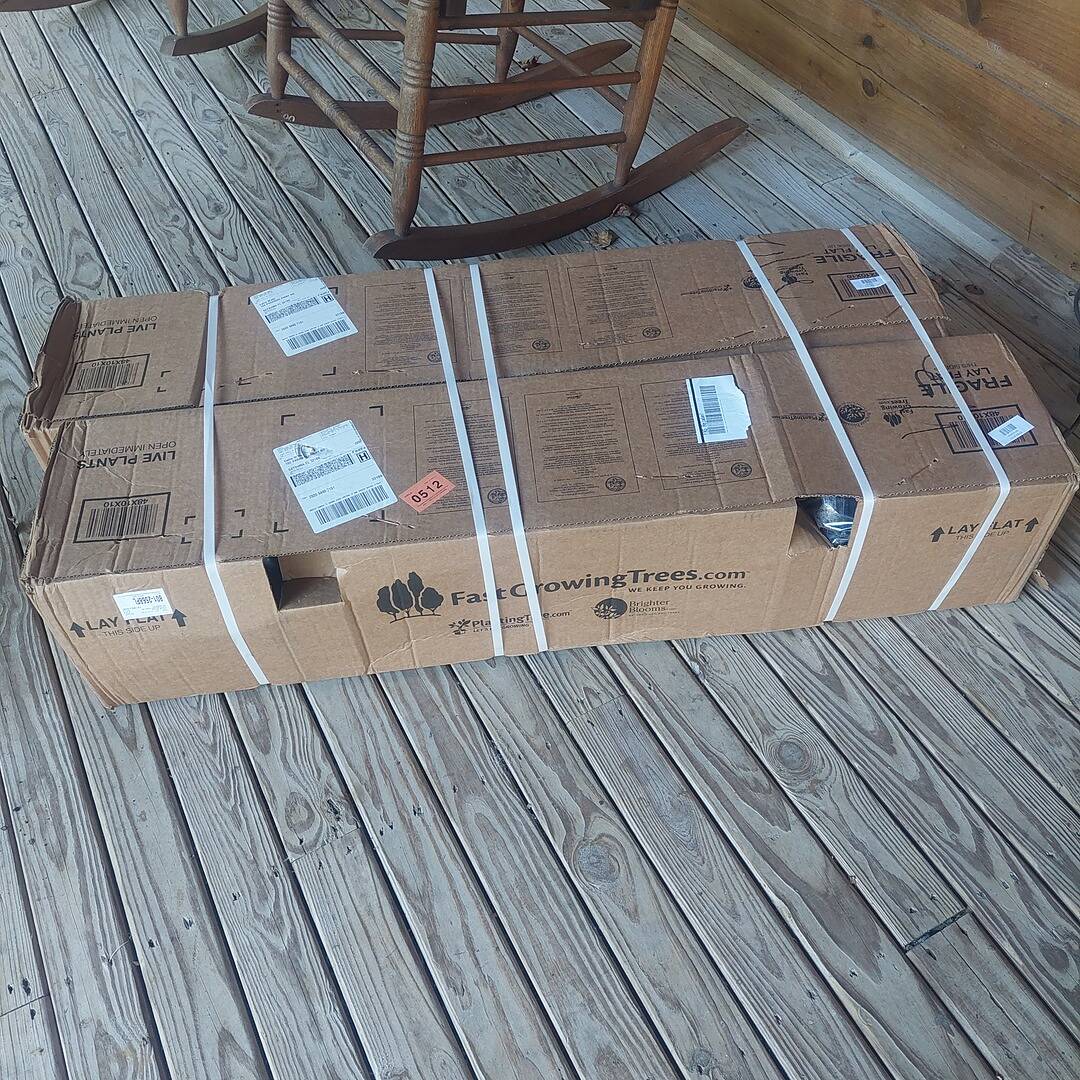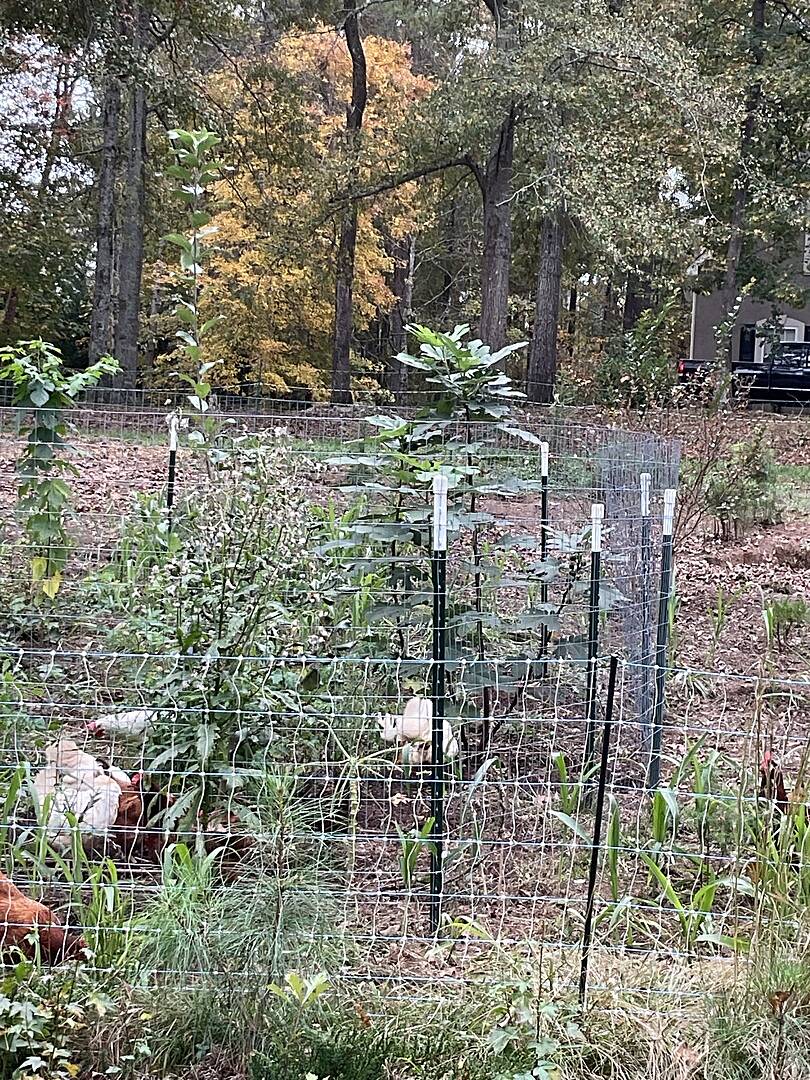Easter Plants, Lilies & Flowers
Only items for my growing zone
Zone -
Collection Results
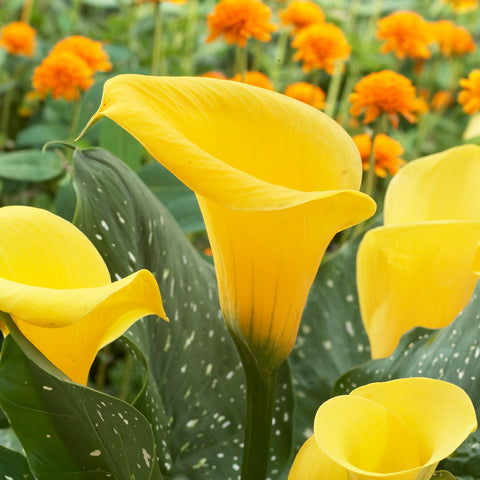
History of the Easter Lily
Easter lilies have a rich history and often symbolize rebirth. Some facts about Easter lily history include:
-
1. Origin: The Easter Lily, native to Japan, was brought to the United States in the early 20th century.
-
2. Religious significance: In Christianity, the lily is associated with purity, innocence, and the resurrection of Jesus Christ.
-
3. Adoption & popularity: The flower gained popularity in the early 1900s when its association with Easter became prominent, and it became a common decoration in churches during the holiday season.
-
4. Cultivation, where do Easter lilies grow? Most Easter lilies sold in the United States today are grown in the Pacific Northwest region, particularly in Oregon and Washington.
-
5. Varieties and colors: White lilies are the most popular color, but, Easter lilies gifted in various pastel colors, including pink, lavender, and yellow, have gained much popularity over the years, adding vibrancy to the celebrations.
- 6. Where to decorate with Easter lilies: Whether adorning church altars or gracing home decorations, the Easter peace Lily continues to serve as a potent symbol of hope and renewal during the Easter season.
Popular Pastel Spring Flower Types for Easter & Orthodox Easter 2024
Similar to their significance in Western Easter traditions, lilies symbolize purity and rebirth in Orthodox Easter celebrations. They adorn church altars and homes, serving as a reminder of Christ's resurrection.
-
1. Lilies: Lilies of all kinds including traditional lilies, and calla lilies, are popular for the holiday, and coming in many different soft pastel colors such as light pink, purple, and yellow. Perfect to use for Easter decor, or to give to the host or loved ones near or far, Easter lilies are popular in both plant form, or in a beautiful Easter floral arrangement.
-
2. Roses: Roses come in various pastel shades such as soft pink, peach, and lavender, and are perfect complements in any Easter bouquet.
-
3. Hydrangeas: Hydrangeas bloom in delicate pastel hues like pale blue, pink, and lavender, making them perfect for Easter decorations both indoors and outdoors.
-
4. Tulips: Tulips are iconic spring flowers that come in a wide range of pastel colors, including light pink, peach, soft yellow, and lilac, symbolizing the arrival of spring and new beginnings.
- 5. Daffodils: Daffodils, with their cheerful yellow and white petals, bring a bright pop of color to Easter displays, symbolizing hope and renewal.























































